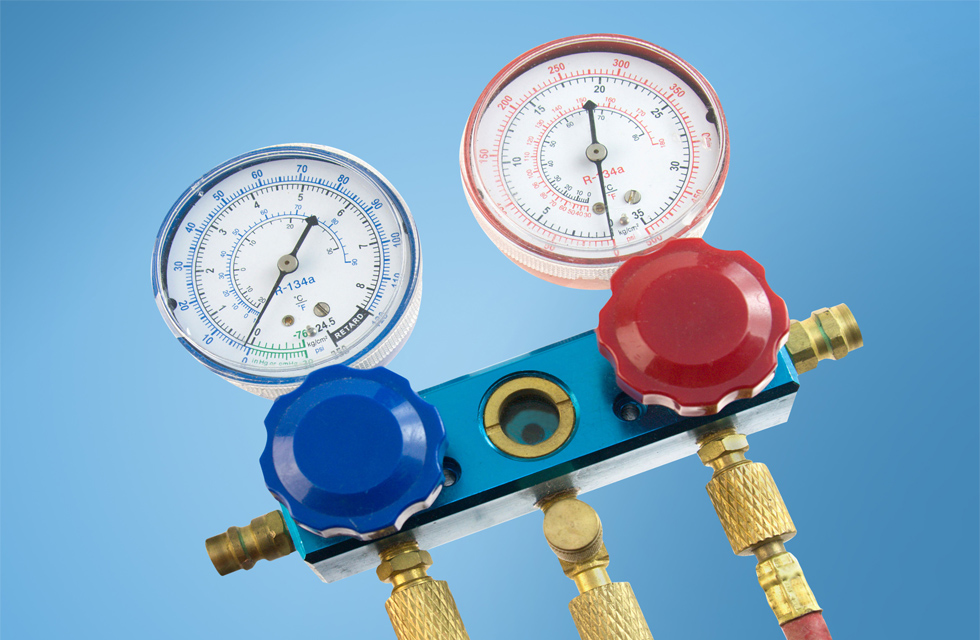The F-Gas Regulations are part of a legislative drive which seeks to reduce the harm that hydrofluorocarbons (HFC) refrigerants have on global warming.
As part of F-Gas, CO2 is used as the base mark with a global warming potential (GWP) of 1.
When you consider that R410A (common in Aircon) has a GWP of 2,088, and R404A (common in refrigeration) has a GWP of 3,922, you can start to see why this is being looked at, and why manufacturers will start to introduce equipment using new refrigerants.
F-Gas will also quickly see a limit for the amount of existing HFC refrigerant that can be imported into the EU and UK, and this brings me on to my headline, which is obviously a reference to R32 (GWP 675).
The new R32 units that are coming this year are likely to quickly be adopted by the market as they will help companies achieve their corporate social responsibility (CSR) targets, by clearly demonstrating how they are reducing the environmental impact of their organisations.
It won’t be long before you are asked which R32 kit you can install or specify for your customers.
And before anyone starts worrying about what’s involved in this ‘unknown’, ‘new’ refrigerant, it is worth pointing out that R32 RAC and PAC models have been available in Japan now for over two years and there are already millions of units already installed – and working away happily.
It’s also worth pointing out that R32 generally brings with it an increase in performance, which helps lower energy bills and reduce carbon emissions.

Yes, we know that it will require some new equipment for installers. And yes, we know that larger systems aren’t suitable for R32 at this point – which is why we as a manufacturer have invested so heavily in our Hybrid VRF equipment, which help significantly reduce the amount of refrigerant within the system, yet still deliver VRF levels of flexibility, control and performance.
But change is coming, so please don’t get left behind. Come and talk to us about what you need to do to get ready for the change which is now upon all of us.
Ben Bartle-Ross is a trainer at Mitsubishi Electric and writes this blog to also appear in The ACR Journal.
If you have any questions about this article or want to know more, please email us. We will contact the author and will get back to you as soon as we can.
If you would like more information of the F-Gas phase down and R32 please visit https://timeforr32.co.uk

